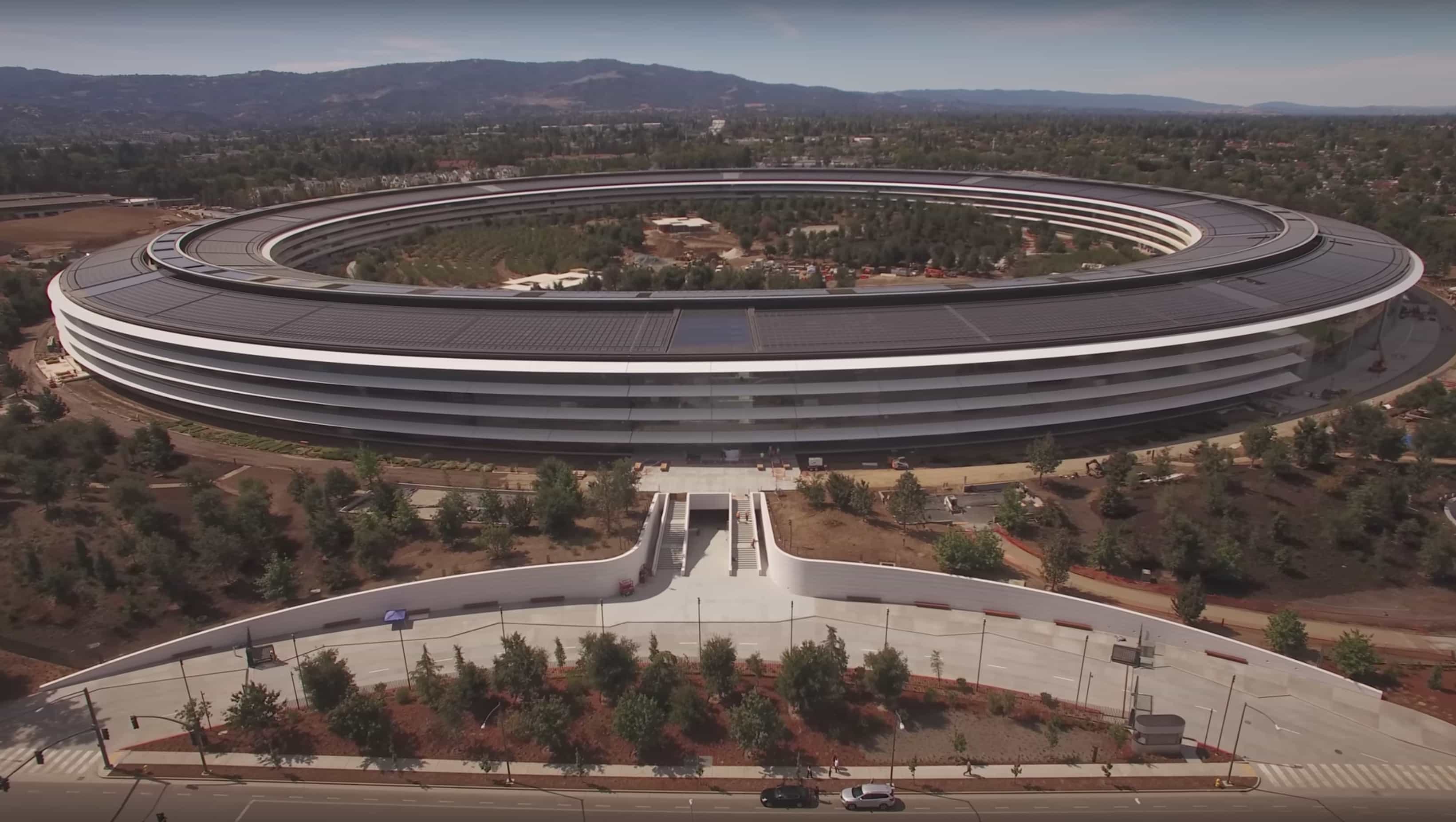 November 19, 2013: Apple gets final approval from the Cupertino City Council to proceed with building a massive second campus to house the iPhone-maker’s growing army of workers in California.
November 19, 2013: Apple gets final approval from the Cupertino City Council to proceed with building a massive second campus to house the iPhone-maker’s growing army of workers in California.
Cupertino Mayor Orrin Mahoney’s simple message regarding Apple Campus 2? “Go for it.”
However, the massive structure — with an innovative circular design that will earn it the nickname “the spaceship” — remains years away from opening, despite Apple’s ambitious schedule.
Apple Campus 2: Steve Jobs’ last project
Apple began tentative work on its new headquarters nearly a decade earlier in April 2006. At that time, the company began acquiring land to house its second campus (after the famous Apple HQ at 1 Infinite Loop). Cupertino also set in motion the hiring of acclaimed British architect Norman Foster.
Along with the iPad, the Apple Campus 2 — which later would be renamed Apple Park — became a major project of Apple CEO Steve Jobs as his health worsened. He was outspoken about many details of the project, from the materials used to the philosophy of the building, which was designed to promote serendipitous collaboration between employees.
Jobs presented the designs for the enormous facility to Cupertino City Council in June 2011, just two months before he finished up as CEO (and five months before he died).
However, it took until late 2013 for the plans to gain final approval and for work to begin. This involved Apple agreeing to a tax increase in Cupertino. At the time, Apple thought workers would complete the new HQ by 2016. (We noted that it remained “questionable whether they’ll meet that deadline.”)
Apple’s spaceship campus takes off
Apple Park eventually opened in April 2017. The main building, a gigantic four-story ring with a sprawling open area in its center, houses more than 12,000 workers (or at least it did before the COVID-19 pandemic threw everything into a tizzy in 2020).
The suburban campus totals 1.46 square kilometers, according to Wikipedia, with 80% of that consisting of green space. Apple filled the round central courtyard with thousands of drought-resistant plants and built an artificial pond. In 2019, the company erected a unique, rainbow-colored stage inside the big ring for concerts and other events.
Apple Park: Unveiling a $4 billion project
The tech press got its first proper look at the 2.8-million-square-foot circular building when the Steve Jobs Theater hosted the iPhone X unveiling in 2017.
Apple’s new HQ received something of a mixed reaction. On the one hand, the headquarters looked spectacular, and every bit as futuristic as any of Apple’s products. Curved glass wall panels — the world’s largest — gave it a unique look. And solar panels made it environmentally friendly, as per Apple’s green goals.
At the same time, Wired criticized the new Apple campus for its supposed detrimental impact on its surroundings. Meanwhile, Bloomberg compared the new site to Jobs’ not wholly successful NeXT Computer, calling Apple Park a hubristic effort.
One thing nobody argued about was the enormous price tag. A subsequent property-tax assessment by Santa Clara County appraised Apple’s distinctive-looking HQ at $3.6 billion. Add in the building’s contents, and it’s valued at $4.17 billion.
What do you think of Apple Park? Let us know in the comments below.


